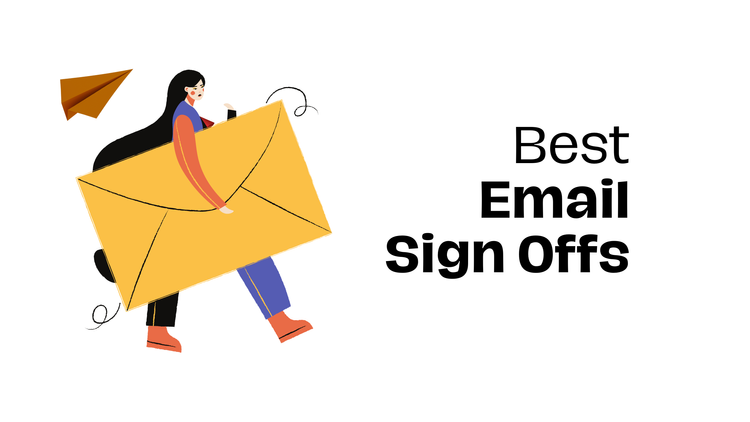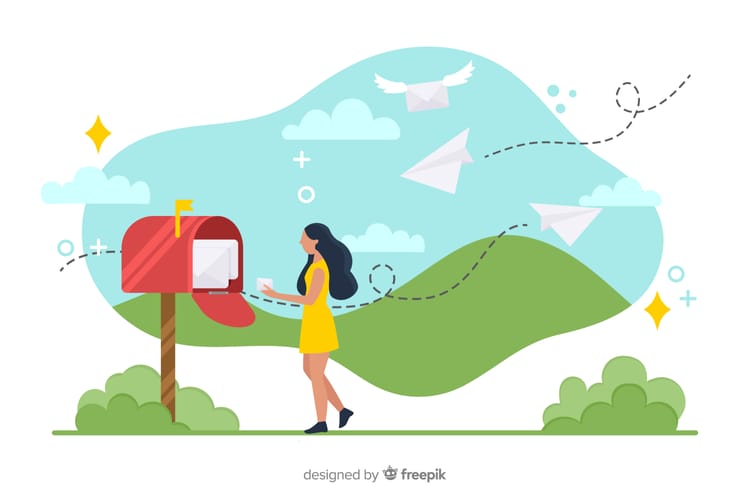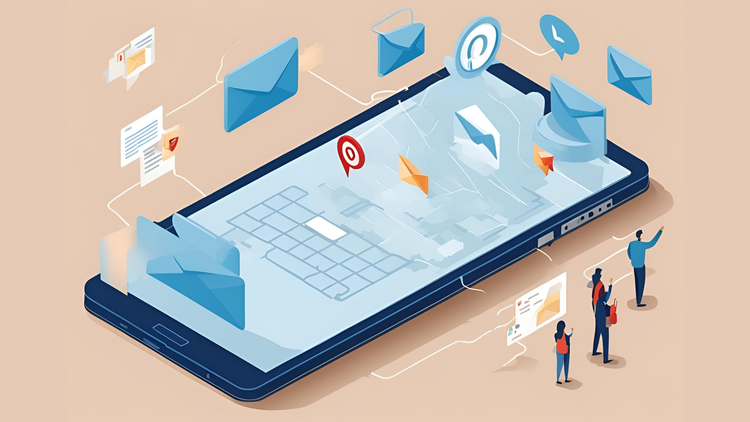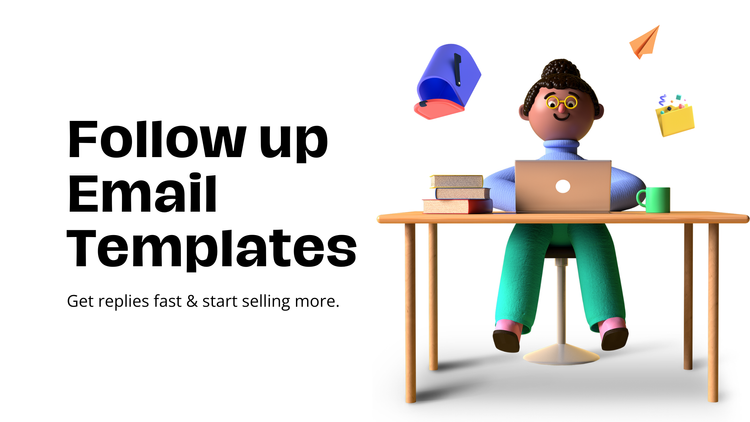Emailing Guide for 2025: Write Better Emails
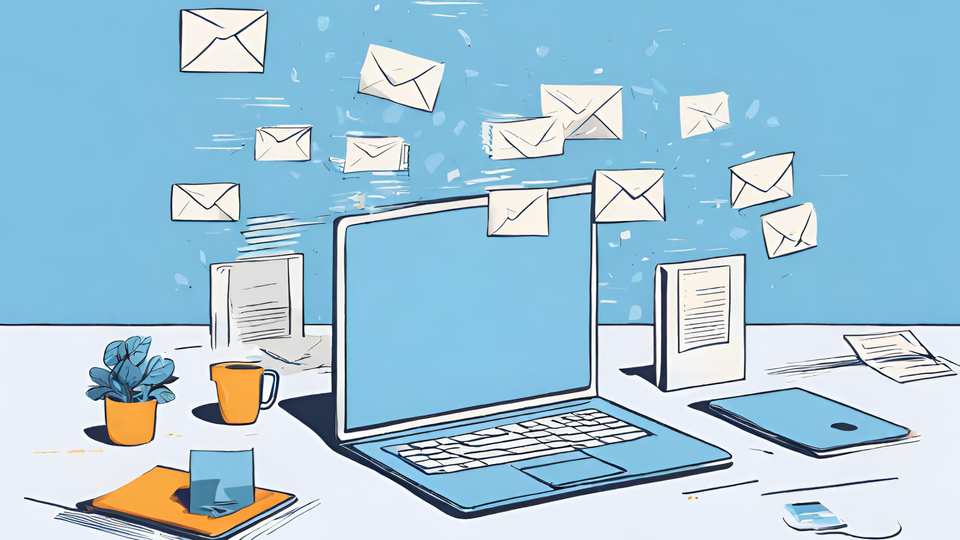
Emailing is one of the most effective ways to generate leads and grow a business. A well-planned emailing strategy helps you reach new prospects, follow up with potential clients, and improve engagement. When done right, emailing increases conversions and builds lasting business relationships. This guide explains the best methods, tools, and tips to improve your emailing results.
Emailing for Lead Generation
Emailing allows businesses to connect with potential customers directly. Instead of waiting for leads to come to you, emailing puts your message in front of decision-makers. A strong emailing strategy builds relationships, nurtures prospects, and increases the chances of closing deals.
Cold emailing, follow-ups, and personalized outreach are key methods used in lead generation. A cold email introduces your business, a follow-up keeps the conversation going, and personalization ensures your emails stand out.
Cold Emailing Explained
Cold emailing means contacting people or businesses who have not interacted with you before. It is a direct way to introduce an offer, start a conversation, and build interest. Cold emailing is widely used in sales, lead generation, and brand awareness because it allows businesses to reach potential clients without prior connections.
Unlike spam, cold emailing is targeted and relevant. The goal is not to send mass emails to random contacts but to reach the right people with a message that addresses their needs. A well-crafted cold email provides value, builds trust, and encourages a response.
Cold Emailing vs. Cold Calling
Cold emailing is often more effective than cold calling because it is less intrusive, more scalable, and cost-efficient. Unlike phone calls, emails allow recipients to read and respond at their convenience. Emailing also provides measurable data, such as open rates and response rates, helping businesses refine their outreach strategy.
Cold calling requires direct conversations, which can be difficult when dealing with busy professionals. Emailing, on the other hand, allows you to send a clear, well-structured message that prospects can review on their own time. Additionally, emails create a record of communication that can be referenced later.
Define Clear Goals Before Sending Emails
Every email should have a clear purpose. Sending emails without a goal leads to wasted efforts and low engagement. Before writing, consider:
- What action do you want the recipient to take? (Reply, schedule a call, visit a website?)
- What problem does the email solve for them?
- How does your message provide value?
Clear goals help structure your email in a way that captures attention and drives responses. Whether your objective is generating leads, setting up meetings, or closing sales, your email should guide recipients toward the next step.
Identify the Right Audience
Successful emailing depends on sending messages to the right people. Understanding your audience improves the chances of getting a response. The best way to identify your ideal recipients is to look at:
- Demographics – Consider job title, industry, and company size.
- Pain points – Understand the challenges they face and how your offer helps.
- Communication style – Determine the tone and messaging that resonate with them.
Reaching out to a well-defined audience increases the relevance of your emails. Personalization also plays a key role in engagement. Addressing the recipient by name and mentioning specific details about their business makes the email feel tailored rather than generic.
Write a Strong Value Proposition
Your email should quickly explain why the recipient should care about your message. A strong value proposition makes it clear how your product or service benefits them. The most effective emails:
- Highlight solutions instead of just listing features.
- Use data, testimonials, or case studies to establish credibility.
- Keep the message concise and impactful.
A common mistake in emailing is focusing too much on the sender instead of the recipient. Instead of talking about your company, shift the focus to how you can help them. The more relevant and valuable your email is, the more likely it will get a response.
Build a High-Quality Email List
A targeted email list increases the chances of engagement. Sending emails to the wrong people results in low response rates and potential spam complaints. The best ways to find the right contacts include:
- Searching LinkedIn for decision-makers in your industry.
- Visiting company websites to locate relevant contacts.
- Using social media to identify potential leads and industry discussions.
Manually searching for contacts takes time, but it ensures you reach the right audience. If you need a faster way to build an email list, email-finding tools can automate the process.
Use the Best Emailing Tools
Reliable tools help streamline emailing, improve accuracy, and save time. The best tools for finding and verifying emails include:
- Skrapp.io – Locates and verifies business emails to ensure accuracy.
- Hunter.io – Finds professional email addresses for outreach.
- Sales Navigator – Helps connect with potential leads on LinkedIn.
These tools help businesses find verified email addresses, reducing bounce rates and improving deliverability. Integrating email tools with CRM systems also makes it easier to track and manage email outreach efforts.
Follow Emailing Regulations
Compliance with email regulations ensures your emails are delivered successfully and maintain credibility. Ignoring email laws can result in penalties and damage your reputation. Key rules to follow include:
- Adhering to GDPR and CAN-SPAM laws to ensure ethical emailing practices.
- Getting permission when required to avoid sending unsolicited emails.
- Providing an easy opt-out option so recipients can unsubscribe at any time.
Following these guidelines helps build trust with your audience and keeps your emails out of spam folders.
Optimize Email Subject Lines
A good subject line increases open rates and determines whether your email gets read. Keep subject lines short, clear, and relevant. Avoid spammy words like “free” or “urgent.” Personalizing subject lines with the recipient’s name or company increases engagement.
Improve Email Body Structure
The first sentence should grab attention. Keep paragraphs short and easy to read. Avoid jargon and get to the point quickly. Use bullet points if listing key benefits. End with a clear call to action, such as scheduling a call or replying with questions.
Personalize Your Emails
Emails with a personal touch perform better. Mention a recent achievement of the recipient or reference a challenge specific to their industry. Show that your email isn’t a generic template but something written for them specifically.
Track and Improve Your Emails
Use email tracking tools to measure open rates, click-through rates, and responses. If your open rate is low, test different subject lines. If your response rate is low, adjust your call to action. A/B testing different email formats helps improve performance over time.
Follow Up Without Being Annoying
Not every recipient responds to the first email. Sending a polite follow-up increases the chances of getting a reply. Wait a few days before following up. Keep it brief and reference your initial message without repeating it entirely. Offering additional value in the follow-up, such as a relevant resource, increases engagement.
Wrapping Up
Emailing is a powerful tool when used correctly. By targeting the right audience, personalizing messages, and optimizing email content, businesses can improve response rates and build valuable relationships. Tracking performance and making adjustments based on data ensures continuous improvement. With the right approach, emailing becomes a key driver of business growth.
FAQs: Emailing
Is "emailing" a correct term?
Yes, “emailing” is a commonly used term to describe the act of sending emails. It is widely accepted in both professional and casual communication.
What does emailing mean?
Emailing refers to the process of composing, sending, and receiving emails as a form of digital communication. It is used for personal, professional, and marketing purposes.
Can I use the word "emailing" in formal writing?
Yes, the word “emailing” is appropriate in formal writing, especially in business and marketing contexts. However, in highly technical or academic writing, it may be preferable to use “sending emails” for clarity.
How do I start emailing effectively?
To start emailing effectively, build a strong email list, write clear and engaging messages, and personalize your content. Use professional email tools to verify addresses and track performance for continuous improvement.

